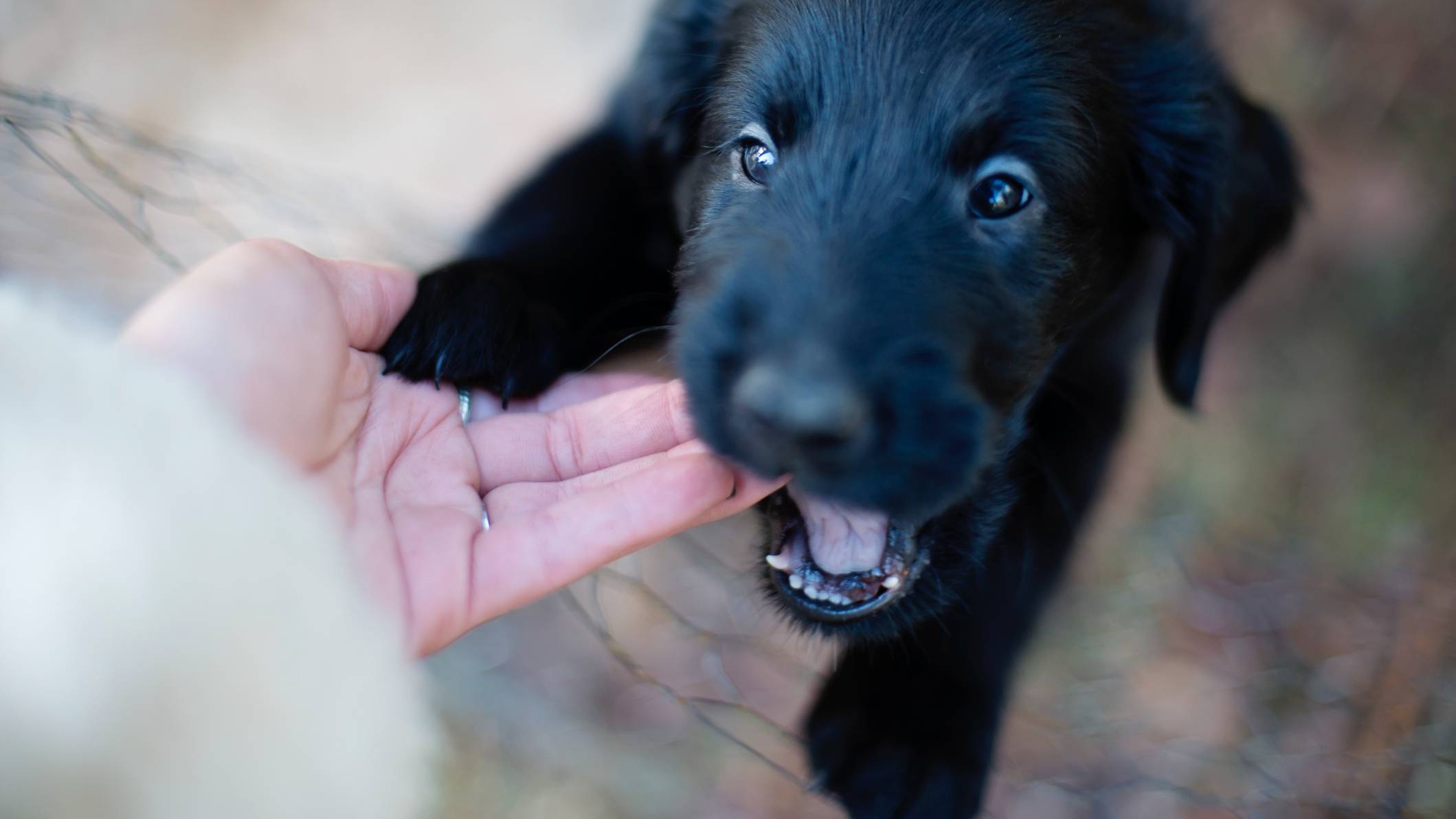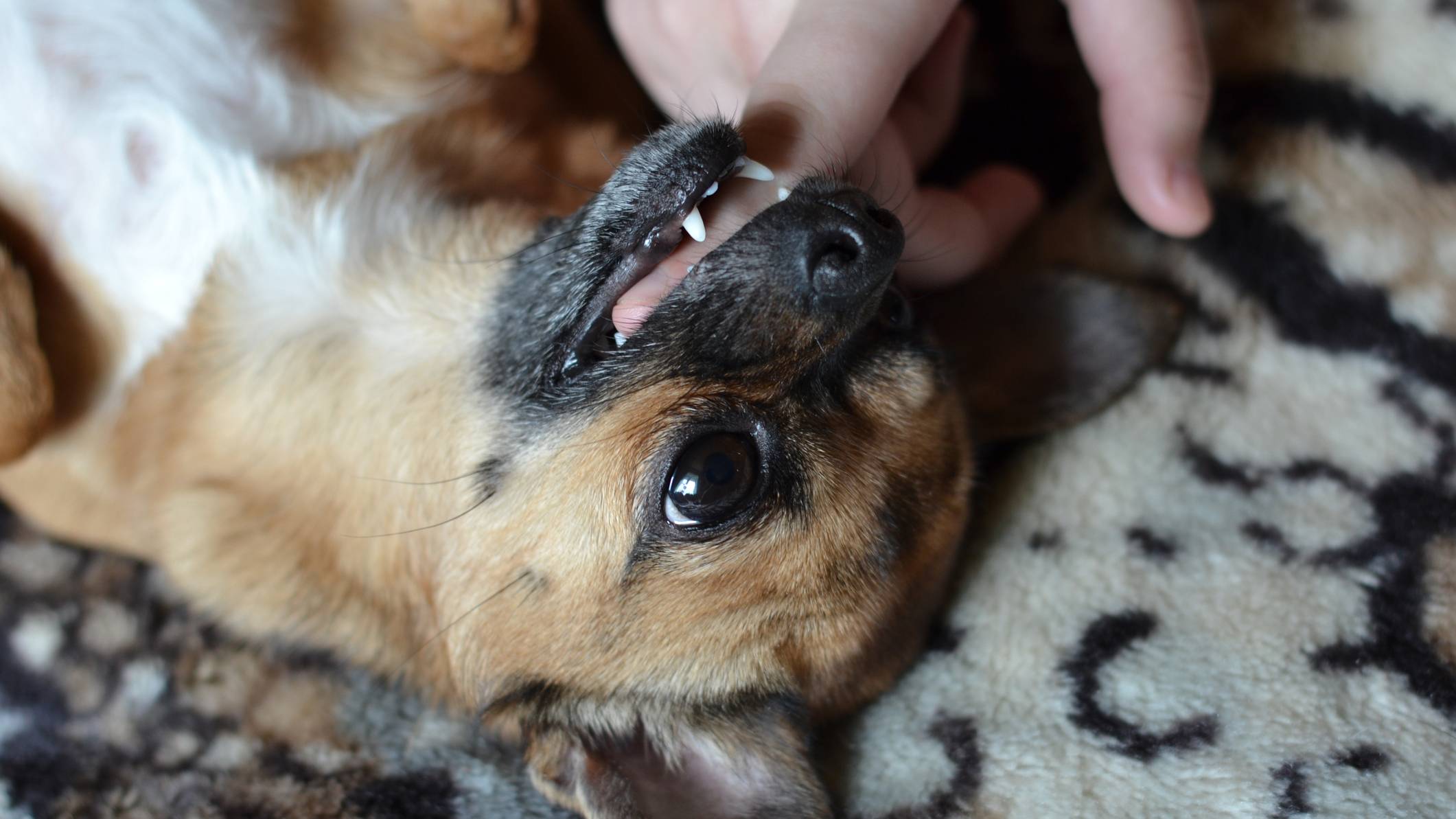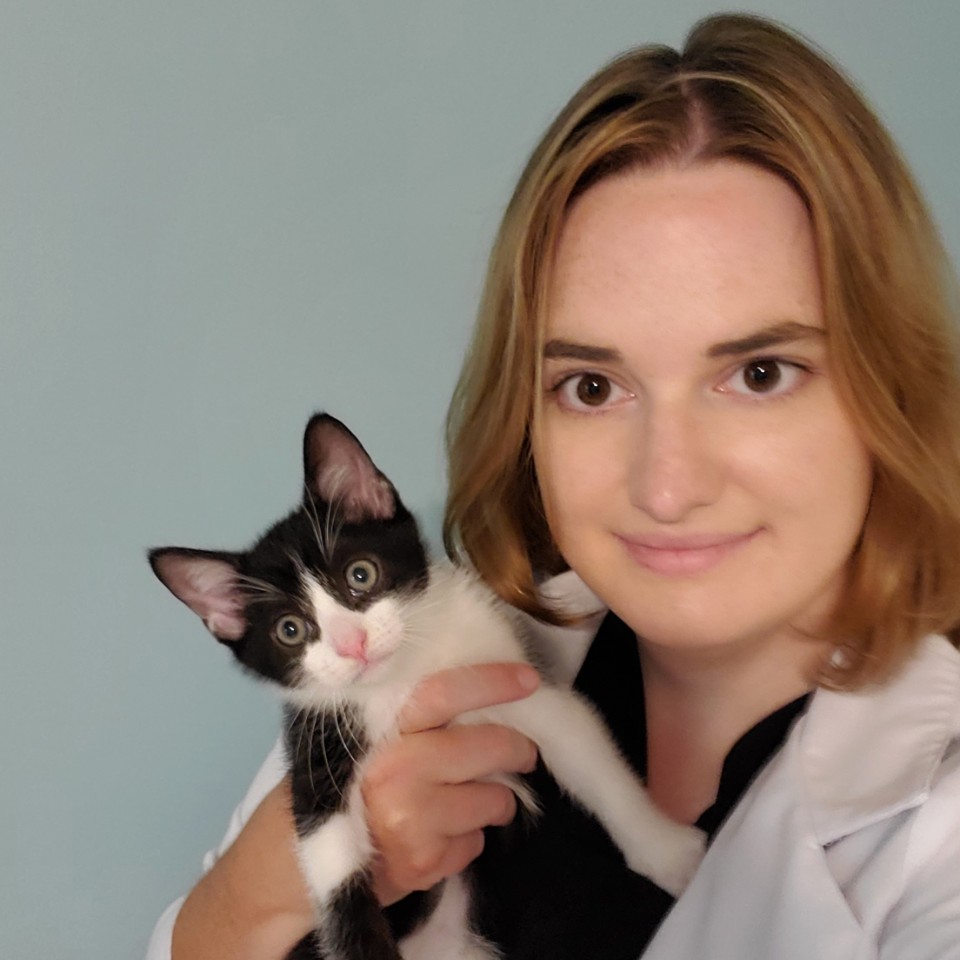Puppy aggression: Is it play or aggression?
Is that nipping play behavior or true puppy aggression? Learn how to tell the difference

It’s hard to tell the difference between rough play and puppy aggression. If your puppy is biting, nipping or growling, you will of course be wondering whether this is normal play behavior or something more serious.
To help you determine the underlying motivation behind your puppy’s behavior, we’ve outlined the common types of play behavior in puppies and how they differ from true aggression.
However, that doesn’t mean we want this type of play to continue. Read on to learn more about how to teach your puppy to play appropriately.
- Best puppy toys: Our perfect picks to keep puppies busy
- Why is my dog biting and how do I stop it?
- Best dog playpen: Keep your pooch safe and contained when necessary
Types of puppy aggression
Most of what gets called “aggression” in puppies is not truly aggression, but rather inappropriate play behavior. How you deal with this behavior depends on the situation, as shown below.
Playing with people
Does your puppy bite your hands or legs, grab your clothing, or jump up on you? This can sometimes seem like aggression, but in puppies, this is natural play behavior.
If you’ve ever watched a group of puppies playing, you’ll notice that they often nip at each other, grab each other’s ears, limbs, or tails, and get in each other’s faces to initiate play. Your puppy just doesn’t realize that this is not an appropriate way to play with his human family.
First, we want to avoid inadvertently encouraging this behavior. This means that you should never play with your puppy using your hands or body, as this will encourage him to view you as a chew toy. Wrestling, roughhousing, and hand chasing games will encourage your puppy to continue nipping, jumping, and grabbing you. These types of games should be avoided so that you don't send your puppy mixed signals during training.
Get the best advice, tips and top tech for your beloved Pets
Similarly, don’t yell or push your puppy away when he starts getting overexcited – he may see this as part of the game. Instead, encourage your puppy to play with appropriate chew toys and reward him for this good behavior.
Secondly, we want to discourage your puppy from practicing these behaviors by making it clear that playtime stops when biting occurs. If your puppy nips or bites during play, stop play immediately and put your hands behind your back to signal that you are done playing. If your puppy continues trying to nip, bite, or jump on you, simply get up and walk away. With patience and repetition, your puppy will learn that playtime ends as soon as he gets too rough.
Playing with other dogs
Puppies often play rough. If you’ve ever watched puppies playing with other puppies, or with other dogs of any age, you’ve likely seen them growl, bark, and bite at each other. This behavior can look a lot like aggression, especially when the play starts getting rough. So how do you know the difference between play and aggression?
A playing puppy will have relaxed, loose body language. Although he may growl, bark, or snarl, this should not be accompanied by any tense or rigid body language, such as raised hackles or a stiff, staring body position. Your puppy and the other dog will likely take turns chasing each other and should both be engaged in the play. If either dog seems disinterested, it may be time to end the play for a while and give the dog a break.
Learning the canine ladder of aggression is also a great way to spot problems before they escalate to a fight. If either dog seems anxious or distressed, even if the other dog is only playing, it’s best to separate the dogs and redirect them to another activity to prevent the situation from escalating.
Most importantly, never try to break up a dog fight. This is extremely dangerous and can result in you getting bitten or severely injured. Even your own dog may not recognize you in the moment and may bite you during the fight. If you need to separate the dogs, a loud noise such as an air horn can be used to startle them. Once your dog is back under your control, seek veterinary care immediately for any injuries he may have sustained during the fight.

How to deal with an aggressive puppy
1. Encourage appropriate play
Encourage your puppy to play appropriately, without biting or nipping, by positively reinforcing good behavior. Provide plenty of appropriate chew toys and reward your puppy with petting, praise, or a tasty treat for playing appropriately.
If your puppy bites or nips during play, try redirecting him to an appropriate chew toy and then rewarding him for using the toy. This will help your puppy understand that using toys is the correct behavior and results in positive rewards. If your puppy continues to bite or nip, remember to end playtime and walk away – he’s lost his opportunity to play with you until he settles down.
2. Provide plenty of exercise and mental stimulation
One of the best ways to head off behavior problems before they start is to ensure that your puppy is getting plenty of exercise, active playtime, and mental stimulation. Most puppies have a lot of energy, and they need an appropriate outlet for it. A tired puppy is a happy puppy!
Allowing your puppy plenty of time to play and exercise throughout the day will ensure that your puppy does not get bored, which can lead to behavior problems. This is also a great opportunity to work on training your puppy with positive reinforcement, so be sure to take advantage of it. Your puppy will love the mental stimulation and you’ll see great results in your puppy’s health and behavior.
Want more advice? Read our expert’s guide on handling dog play biting. Or this feature explains the reason behind your dog play barking.
Dr. Elizabeth Racine is a small animal general practice vet covering all things pet health and wellness. Her special interests include veterinary behavior, nutrition, and internal medicine.
As a freelance writer, Dr. Racine has written content for major companies in the industry such as the American Kennel Club, Merck Animal Health, Bayer PetBasics, Elanco, and CareCredit. In her free time, Dr. Racine enjoys playing trampoline dodgeball, hiking with her beagle Dasher, and spending time with her three mischievous cats.

